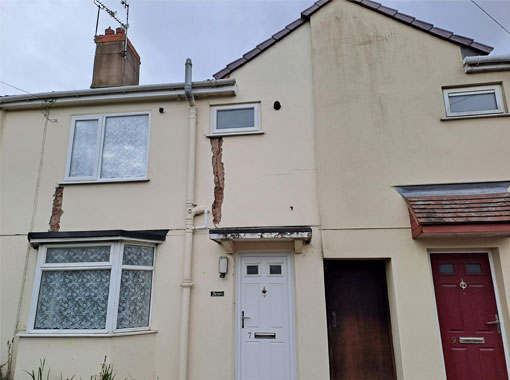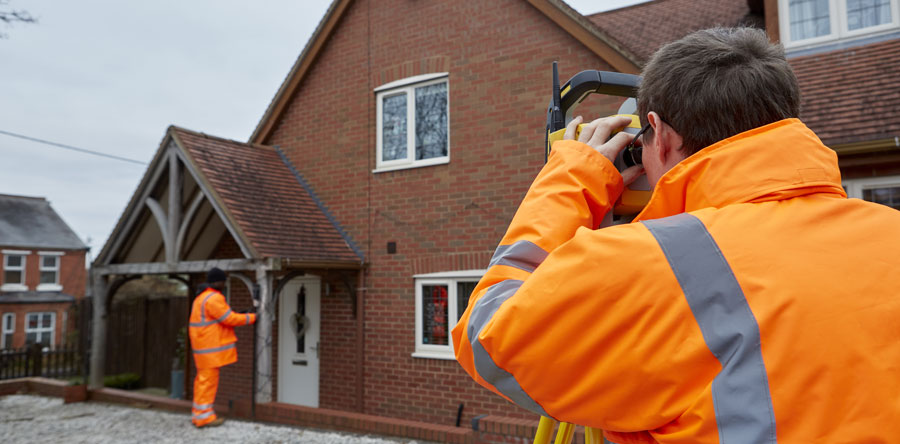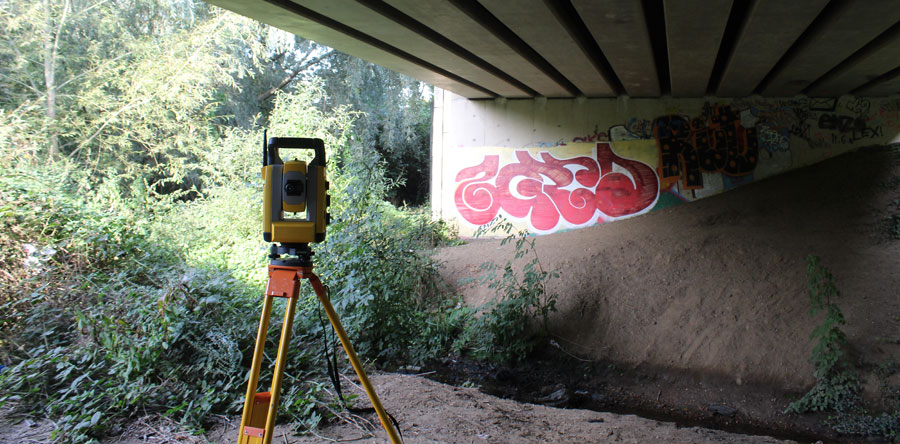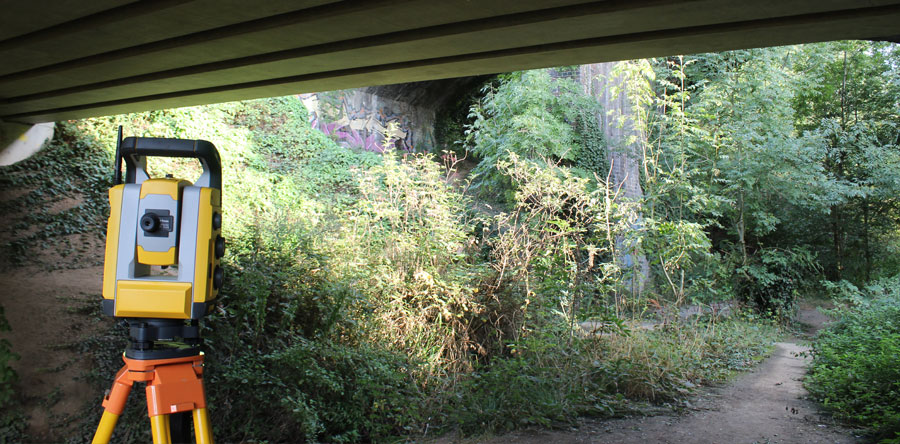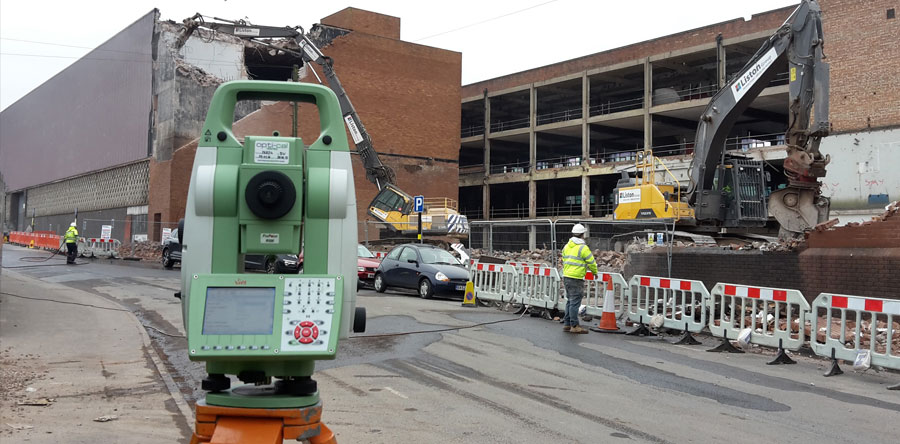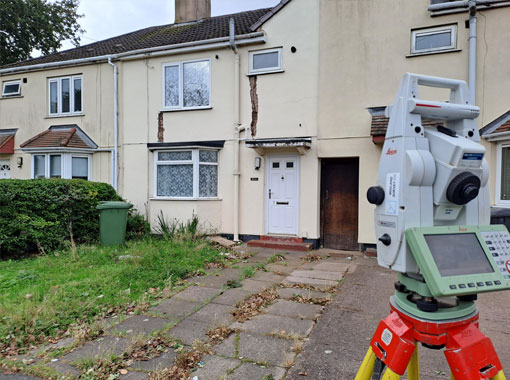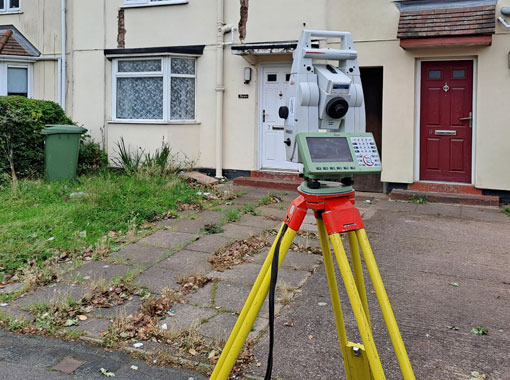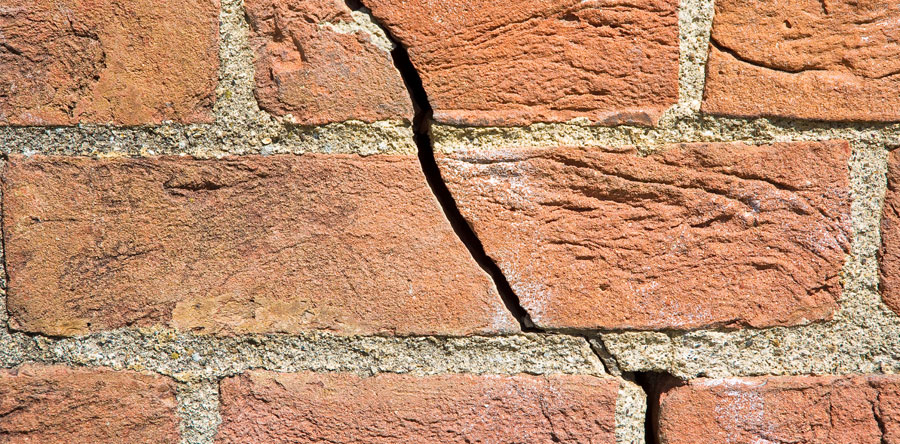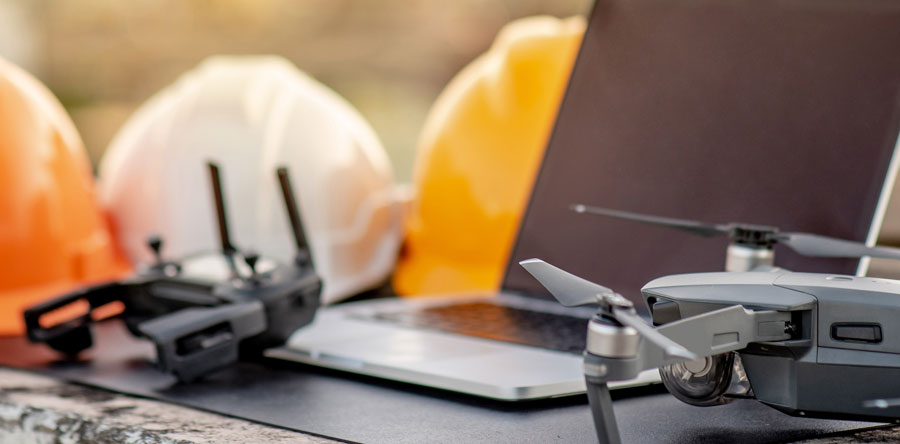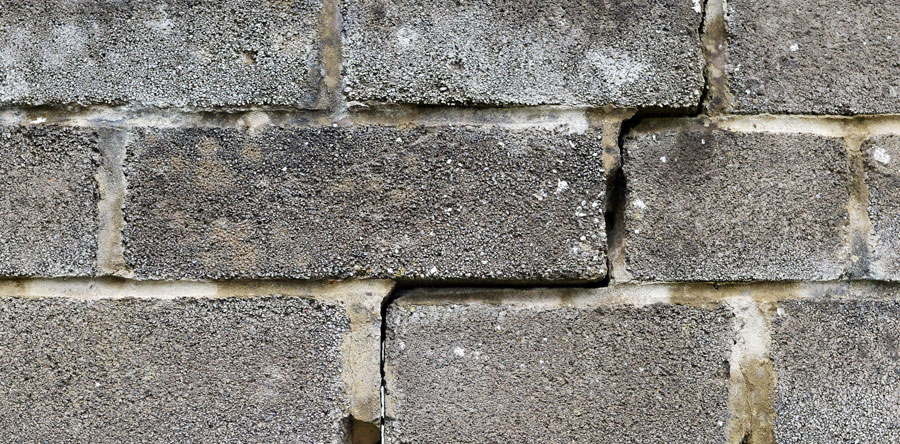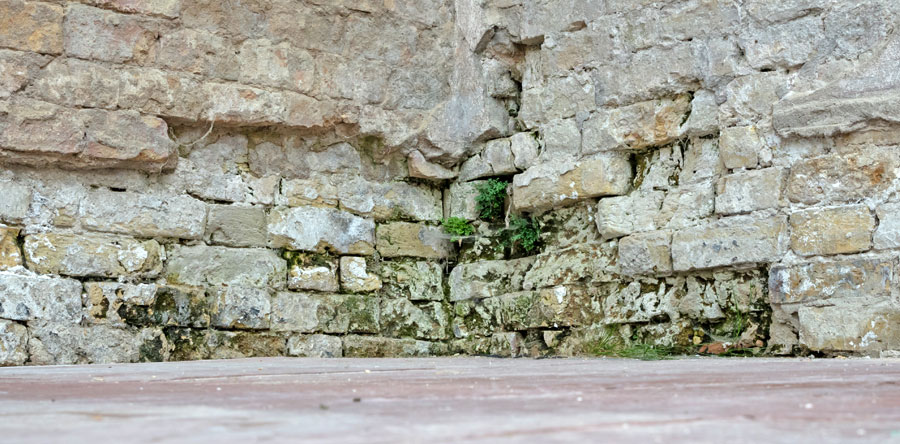Types of monitoring surveys
Your surveyor can recommend the ideal type of monitoring survey for your project. The main surveys we conduct are:
Structural Monitoring
Our most popular type of monitoring survey where we record the movement or deformation of a structure. We can work on a variety of buildings from new build developments to listed buildings. This method is highly accurate with a quick turnaround time.
Environmental Monitoring
Midland Surveys’ sister company, Lucion Services, can offer these services.
Asset Condition Surveys
Used to evaluate the impact of construction projects on the wider environment. Pre and post-construction surveys can reveal any damage to neighbouring structures from the work.
Vibration Monitoring
Sensors measure the vibrations of buildings which can detect issues such as loose foundations and overloaded beams.
Corrosion Monitoring
Issues with rust or erosion are identified by sensors.
Temperature Monitoring
Sensors detect structural problems such as heat stress and thermal expansion.
